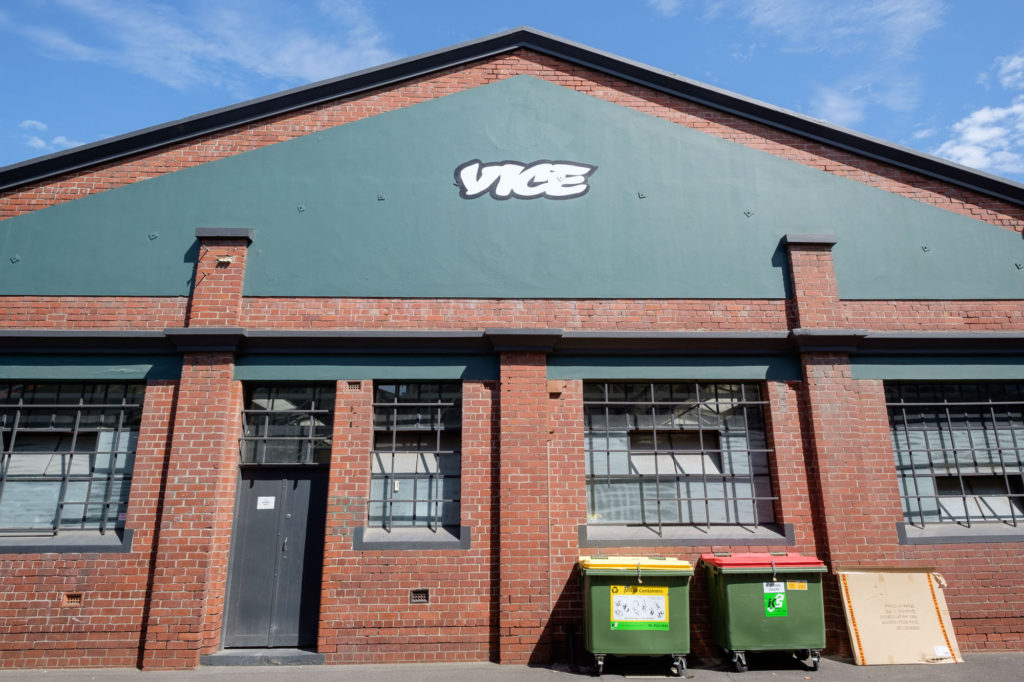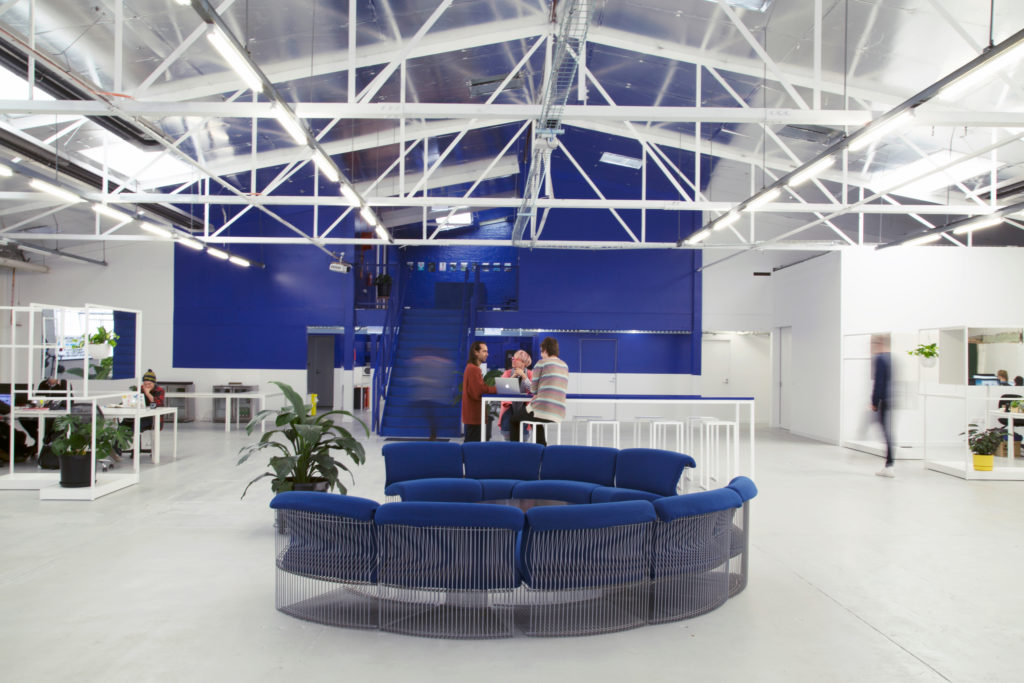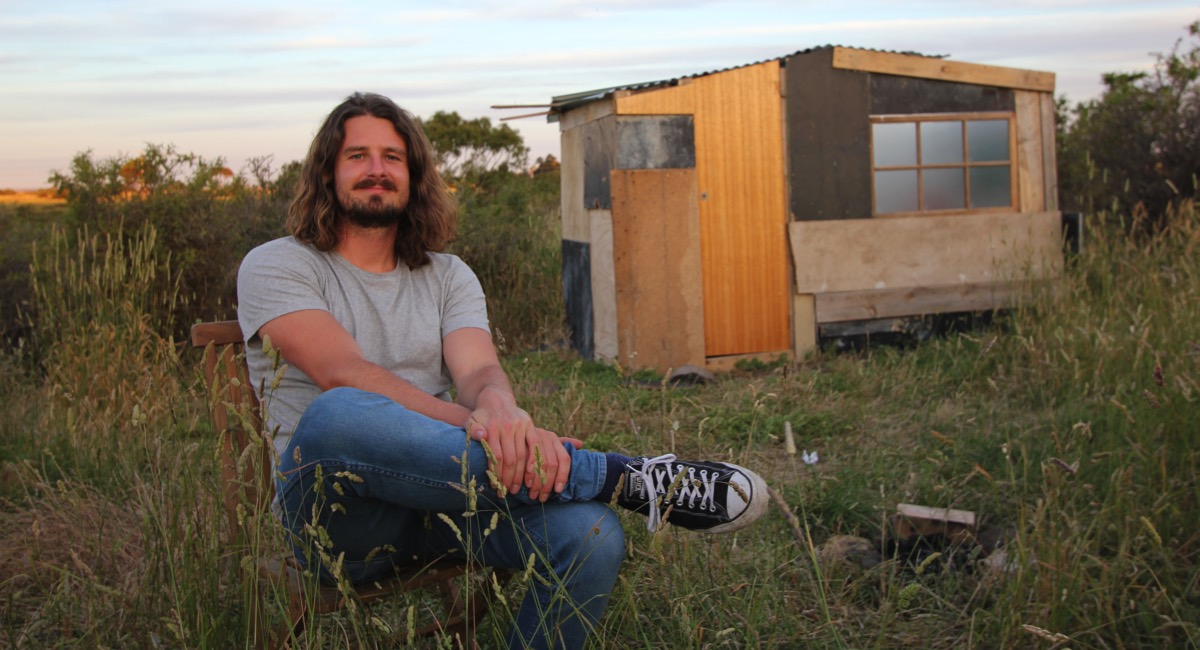Digital media and broadcasting company Vice has been in Australia for more than a decade. The brand arrived down under as a print title in 2003. However, awareness of Vice’s presence here was amplified through its partnership with SBS.
The SBS Viceland rebranding was subject to much scrutiny and discussion after former ABC chairman Maurice Newman accused the public broadcaster of moving away from its charter. However, SBS director of TV and online content Marshall Heald responded to the criticism telling Guardian Australia in October 2016, “The critics just don’t really understand that in actual fact Vice is producing linguistically and culturally diverse content with a really distinct tone.”
Six months since SBS replaced its SBS 2 channel with SBS Viceland, Vice Australia editor Julian Morgans told Mediaweek that the partnership has allowed more local stories to be told on Vice and SBS, if anything.
“In terms of editorial, it means we have more of a footprint here. Organisations and government bodies are much more happy to work with us. We are getting interviews that we previously didn’t have access to,” Morgans said.
“Before, I would call up and ask, ‘Can I get an interview with such and such politician?’ The people in the PR departments would say, ‘I’ve never heard of Vice’. I thought that was really a reflection of them. But now that we are on TV, all sorts of people – including my mum – know what we do and the kind of stories we tell.
“It has been the key to the country in some ways.”

The content partnership between Vice and SBS has allowed the former to increase the reach of its content on all platforms, which in turn has resulted in increased advertising. This has allowed Vice Australia to be more “ambitious” with the projects it takes up, Morgans said.
“It’s a partnership in every sense. We can go to them [SBS] and say, ‘Hey, about this?’ And they can say no. It could also be the other way around. They can see something we have published online and say, ‘We’d like to put this on TV.’”
Towards the end of last year, Morgans built a house from recycled items and listed it on Airbnb in a failed scheme to get rich. He then filmed a Skype session with Vanilla Ice, the American entertainer who also happens to have a real estate program called the Vanilla Ice Project on the DIY Network. “SBS liked it, so it has been screening on TV now,” Morgans said. “It seemed like a ridiculous idea to me, but that’s an example of how it’s a partnership in every sense.”
Traditionally, the Vice brand globally is associated with the younger demographics.
“Younger people have always been our bread and butter,” Morgans said. “The pitch that we usually give is that we are for 18- to 35-year-olds. We use the word millennials a lot, even though we are all starting to hate that word.”

Vice Australia targets a similar market to other local youth-oriented news and entertainment outlets such as Pedestrian TV and Junkee. Morgans recognised the two as Vice’s direct competitors in Australia online. “It depends which market you are talking about, because neither of those companies has print magazines or is on television. When you are talking about TV, our competitors are basically all of the other broadcasters. If you are talking about online, then definitely Junkee and Pedestrian.”
Junkee Media recently announced plans to launch Punkee, a website aimed at engaging the generation younger than Gen Y. Morgans said that Vice Australia has a lot of untapped potential with the Gen Z market.
MORE: Introducing Punkee – Junkee’s Gen Z ‘cheeky younger sister’
“Everyone is getting older,” he said. “When you have a fixed number of employees, the office is naturally ageing up. We need to make sure that we are bringing in fresh talent so that we can stay relevant and interesting for younger people.
“Gen Z is absolutely an important audience to us. We are looking at different ways to make content that they find interesting.”
Video is a large part of Vice’s offering in Australia. The company started producing videos in 2008. This gave Vice in Australia its first big push in audience numbers, Morgans said. The target market started take more notice of Vice’s existence in Australia than they previously had with the magazine.
“That was when a lot of people realised a) Vice exists and b) we do bigger and more explorative things than simply talking about drugs,” Morgans said. “That was when I started watching Vice videos too.”
The biggest drawcard about Vice’s videos is that they are available to view online for free. “They are easily digestible,” Morgans added.
For a brand that is attempting to appeal to the young market, who are heavy media consumers but hard to retain, it is vital for Vice to get the balance right.
Speaking about the brand’s biggest growth opportunity in Australia, Morgans said: “We tend to be quite focused on the urban areas, but there are a lot of readers out in the country who would like to have stories relevant to them. So there is a lot of growth to happen there.”
